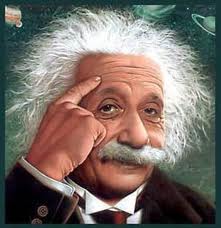Synopsis
By Licda. Guiselle Weelkly
Chapter 2
" Techniques for Testing "
Constructing test items are task filled with challenges for anyone because they are the foundation of tests and the backbone of most assessment instruments, said Hubley (2007).
There are several ways of classifying test items, two basi ones are:
* Selection in this case the student selects the correct answer from a number of posibilities. Some examples are: true/false, multiple choice, matching, numbering sequence.
* Supply in this case students must supply or develop the correct answer, it can be cloze or gap-fill( no response provided), essay questions, short answer or completion.
In techniques for testing you can also find that there are two types of questions:
Subjetive Questions: here it requires students to produce longer, more opened responses, therefore, the emphasis here is on production. They are time consuming although.
Objective Questions: they are usually short answer-closed response items and most of the times it test recognition.They are easy to evaluate.
Multiple Choise Questions: it takes many forms, but the popular one is the stem and response and usually the stem is written as a question or an incomplete statement.
As like in everything you can find disadvantages in the MCQs some are:
1. Do not manage communication.
2. Encourage guessing.
3. They are often used to test recognition.
4. It is a challenging and time comsuming to write plausible distractors and produce good items.
As teachers we must design tests tasks taking into account what was studied in class and the adequation students need, because all are unique and gifted children.









